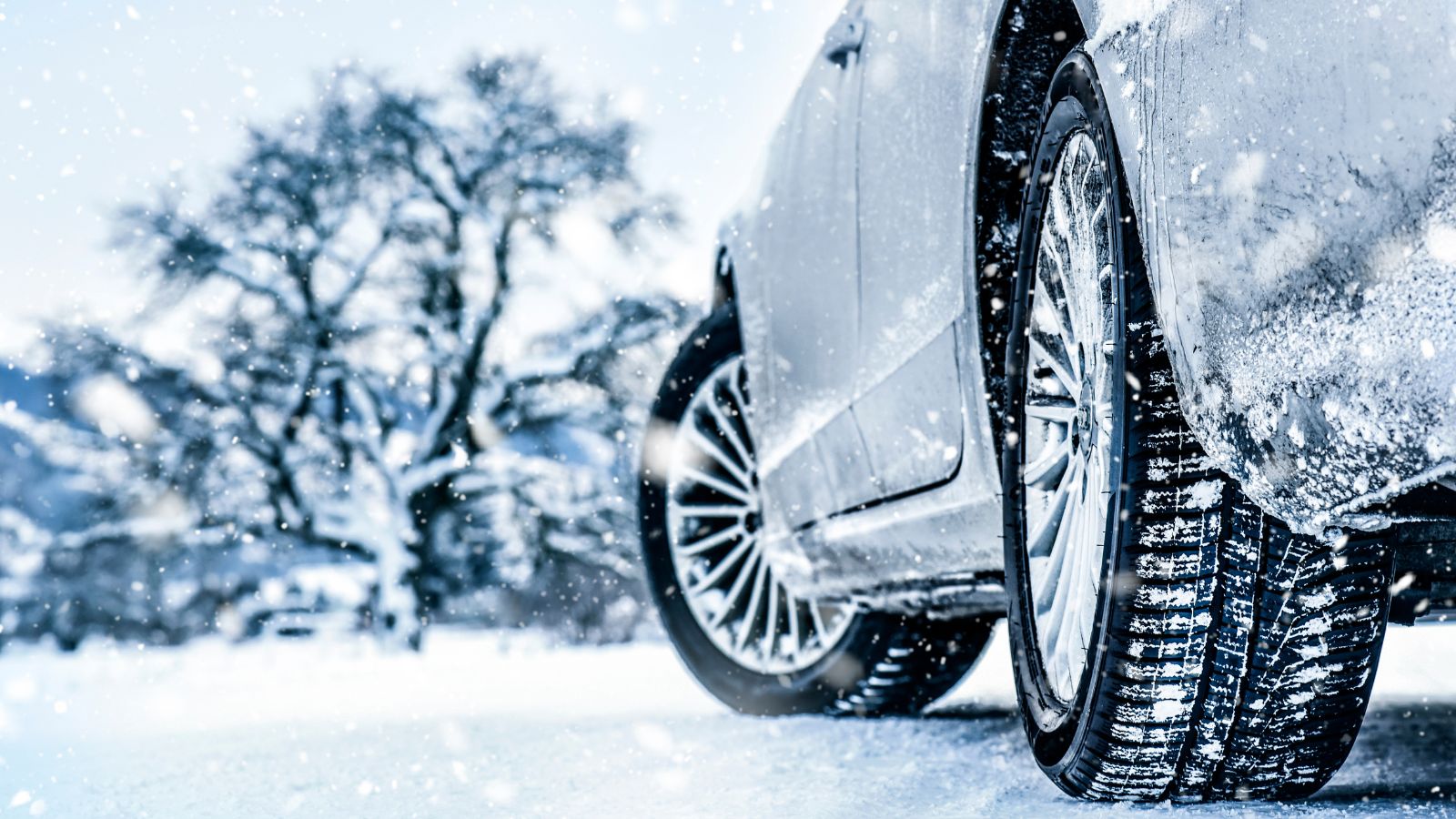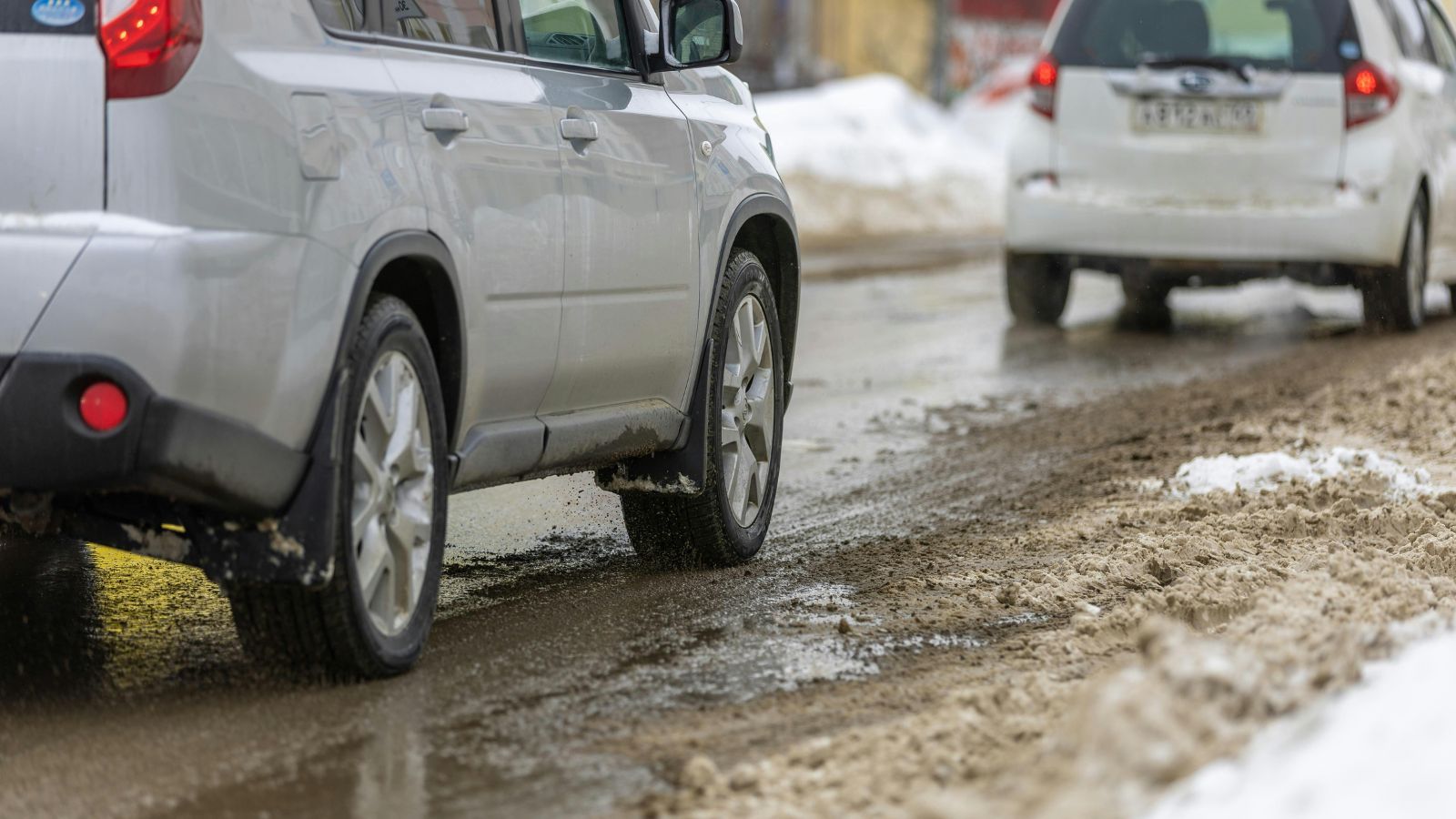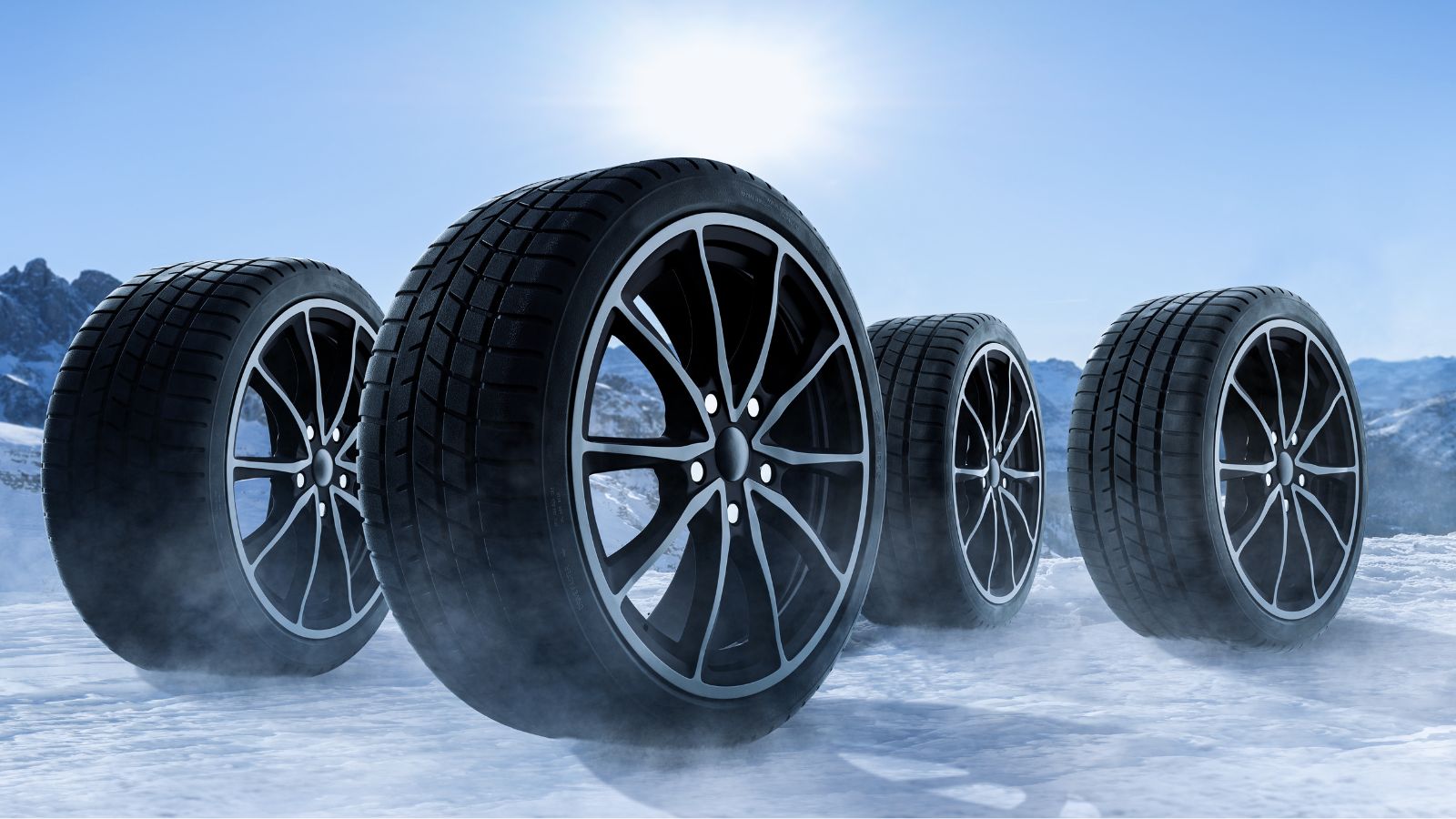
Winter can be magical, fresh snow, cozy sweaters, and hot cocoa with the kids. But let’s be honest: it can also be chaos, especially when you’re juggling a packed family schedule and the weather decides to turn your minivan into a popsicle.
The truth is, your car goes through a lot when the temperatures drop. From icy roads to surprise snowstorms, winter driving isn’t something to wing. And when you’ve got little ones in tow, the stakes are even higher. That’s why a little prep goes a long way.
So grab your keys (and maybe a notepad), and let’s walk through a seasonal car safety checklist designed specifically for busy parents who want peace of mind all winter long.
1. Let’s Talk Tires, Your First Line Of Defense
Think of tires like your shoes. You wouldn’t send your kid out in a snowstorm wearing flip-flops, right? The same logic applies here.
Worn-down tread or underinflated tires can make even the most experienced driver slip and slide all over the road. Check the tread using a penny, and insert it into the grooves with Lincoln’s head upside down. If you can see the top of his head, those tires are too far gone.
Also, colder temps cause air pressure to drop. A 10-degree dip can cost you 1–2 PSI, which might not sound like a lot, but it can seriously mess with traction and wear.
Tip: Make it a habit to check tire pressure once a month during the winter. It only takes a couple of minutes, and many gas stations have free air pumps.
And if you live in a snow-heavy region, consider winter tires. They’re made of rubber compounds that stay flexible in freezing weather, giving your car a better grip when things get slippery.

2. Brake Check—For Real
When you’re driving on packed snow or black ice, your brakes aren’t just a safety feature, they’re your lifeline. Even the most cautious driver can find themselves sliding through a stop sign if the braking system isn’t up to par.
For example, winter in Minnesota isn’t exactly gentle on your vehicle. The salt, the slush, the sudden freeze-thaw cycles, all of it adds stress to your brakes over time. If you’ve noticed any squeaking, grinding, or just a soft, spongy feel when stopping, don’t brush it off.
This is the perfect time of year to have everything looked over, especially if you’re doing regular school runs or commuting through snowy neighborhoods. Booking a quick checkup with a reliable auto repair service in St. Paul MN can give you peace of mind before the next cold snap hits. It’s not about being paranoid, it’s about staying a step ahead so you’re not left stranded when it matters most.
3. Check The Battery Before It Checks Out
Batteries don’t love the cold. In fact, freezing temperatures can reduce their power by up to 60%. Combine that with an older battery and you’ve got a recipe for a car that won’t start at the worst possible moment, like when you’re late for daycare drop-off.
If your battery is more than three years old or you’ve noticed slow starts lately, have you tested it? You can often get this done for free at your local parts store or repair shop.
Also, peek under the hood and look for corrosion (that bluish-white powder) around the terminals. If you see buildup, a quick scrub with baking soda and water can help.
4. Clean Windshield = Clear Head
Driving in a snowstorm with streaky wipers and an empty washer fluid tank is a one-way ticket to stress.
Wiper blades should be replaced once or twice a year. If they squeak, streak, or leave unclean spots, it’s time to swap them out. As for washer fluid, make sure it’s rated for freezing temps, some types can actually freeze on your windshield, which is the opposite of helpful.
Parent hack: Keep an extra bottle of washer fluid in your trunk. You’ll be glad you did when your visibility drops mid-drive.
5. Pack A Family-Friendly Emergency Kit
You’ve got backup snacks in your purse, extra tissues in the glove box, and a favorite stuffed animal in the backseat. But what about an actual winter emergency kit?
Here’s a solid starting list:
- Warm blankets
- Flashlight with extra batteries
- Jumper cables
- First-aid kit
- Ice scraper and snow brush
- Non-perishable snacks (granola bars, trail mix)
- Bottled water
- Small shovel
- Phone charger (car adapter)
- Extra gloves, hats, and socks
Tailor it to your family’s needs. Got a toddler? Add diapers, wipes, and a pacifier. Older kids? Toss in a coloring book or a travel game.
6. Heating And Defrosting: Test It Before You Need It
There’s nothing like discovering your heat’s not working after you’ve already buckled the kids into the car on a 10-degree morning. Do yourself a favor and test your heating system before winter officially lands.
Crank it up and make sure it’s actually warm. Turn on your defrosters too, front and rear, and check that air is flowing steadily. If things seem weak, inconsistent, or just plain cold, it might be time for a system flush or filter replacement.
Don’t forget the cabin air filter, either. A dirty filter doesn’t just hurt airflow—it can make your car smell musty and stuffy.
7. Fluids, Lights, And Little Things That Matter
Winter driving isn’t just about the big systems, it’s also about those little things that keep your vehicle running smoothly.
Here’s your checklist:
- Oil: Cold weather makes oil thicker, which can slow your engine down. Use winter-grade oil if needed and don’t skip that oil change.
- Coolant: Prevents your engine from freezing. Make sure it’s topped off and mixed correctly.
- Brake Fluid: If it’s low, that’s a red flag.
- Headlights and taillights: Burned-out bulbs are dangerous when it’s dark at 4:30 PM.
A quick walkaround check once a week can help you catch minor issues before they snowball.

8. Keep The Tank Full (Or At Least Half)
Here’s one a lot of folks forget: in the winter, you should never let your gas tank get too low. Why? Condensation can form in an empty tank, which may freeze and cause fuel line issues.
Also, if you get stuck or stranded, having enough gas to keep the engine (and the heat) running could make a huge difference.
Half a tank is a good rule of thumb. It’s easy, practical, and could spare you from a roadside hassle.
9. Kid Comforts And Sanity Savers
Winter can be rough on little ones. Long waits, bulky clothes, and dark evenings all take their toll. You can’t control the weather, but you can make your car feel like a mini comfort zone.
Stock the backseat with essentials:
- Cozy blankets
- Favorite snacks
- A toy or two
- Extra tissues or hand sanitizer
- Noise-canceling headphones (game-changer)
Also, recheck your car seats. Thick coats can affect harness fit, so consider thinner, warm layers or car seat-approved outerwear.
10. Give Yourself Time, And Grace
No matter how much you prep, winter will still throw you curveballs. The best thing you can do is give yourself a time buffer. Leave 10 to 15 minutes earlier than usual. That way, you’re not rushing on slippery roads or skipping safety steps like scraping your windshield properly.
A calmer drive makes you a safer driver and keeps the “are we there yet?” questions to a minimum.
Final Thoughts: A Little Prep = A Lot Of Peace Of Mind
Winter doesn’t have to be stressful. Sure, it comes with its challenges, but when your car is ready, you’re one step ahead of whatever the season throws at you.
Use this checklist as your go-to guide. You don’t have to do it all in one day. Spread it out over a weekend or knock off a few items while running errands. The important thing is to stay proactive, not reactive, so you’re not caught off guard when the next snowstorm hits.
And remember, the goal isn’t perfection. It’s safety, reliability, and making sure your family’s ride is as ready as you are.


















